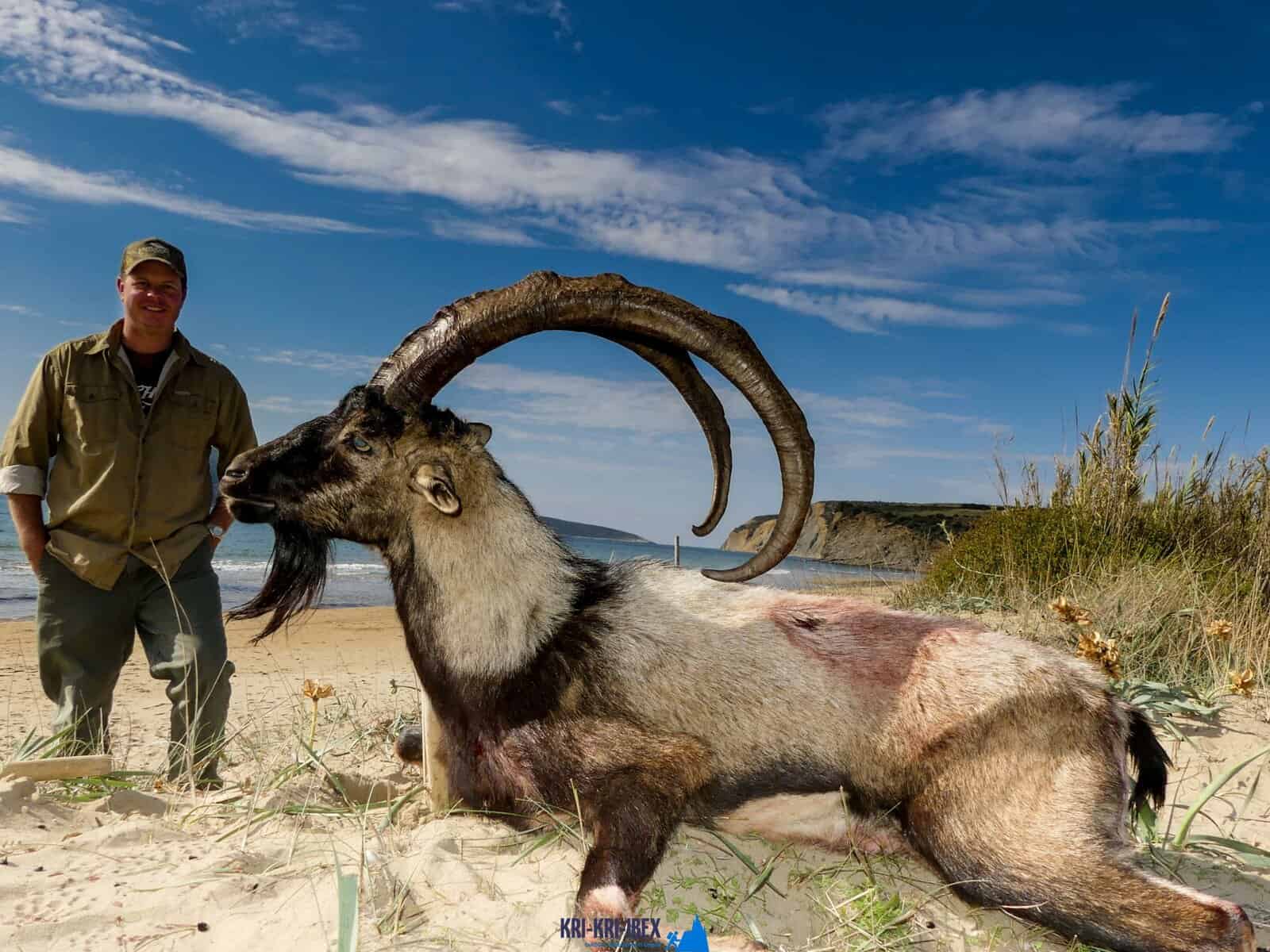Hunting Kri Kri ibex and totally free diving at the globe's most popular wreckages
Hunting Kri Kri ibex and totally free diving at the globe's most popular wreckages
Blog Article

Hunting for Kri Kri ibex in Greece is an amazing searching exploration as well as wonderful vacation done in one. Ibex hunting is normally an extreme experience, but not in this instance! Dive to shipwrecks and spearfishing in old Greece, or enjoy ibex searching in an unique locale are simply a few of the important things you could do during a week long ibex searching excursion in Greece. Can you think about anything else?

Pursuing the kri kri ibex in Greece can be a difficult endeavor. Searching big video game in Greece is difficult for international hunters. Wild boars and roe deer are the sole alternative for neighborhood seekers besides the kri kri ibex, which is just pursued in thoroughly protected unique searching areas such as specific islands. The Kri Kri Ibex and mouflon can just be shot on unique searching areas from morning up until midday, according to Greek law. Slugs are the only ammo permitted. You should book a minimum of a year ahead of time for a license. To guarantee that just major seekers are permitted on these trips, the Greek Ministry of Nature as well as Agriculture problems licenses. To guarantee that the federal government concerns a particular variety of licenses each year.
Our exterior searching, fishing, and complimentary diving tours are the best means to see everything that Peloponnese needs to supply. These trips are made for vacationers who want to get off the beaten path and truly experience all that this extraordinary area has to provide. You'll reach go hunting in several of one of the most gorgeous wilderness areas in Greece, fish in crystal-clear waters for a range of various varieties, and also totally free dive in a few of the most stunning shoreline in the Mediterranean. And also most importantly, our experienced guides will be there with you every step of the method to make certain that you have a secure and pleasurable experience.
Experience 'Real' Greece with Our Peloponnese Tours. Look no even more than our Peloponnese excursions if you're looking for a genuine Greek experience. From ancient ruins as well as castles to scrumptious food and also a glass of wine, we'll show you everything that this outstanding area needs to offer. What are you waiting for? Book your journey today! Your Kri Kri ibex searching in Greece is below!
What is the diference between Kri Kri ibex, Bezoar ibex and hybrid ibex
The kri-kri is not thought to be indigenous to Crete, most likely having been imported to the island during the time of the Minoan civilization. Nevertheless, it is found nowhere else and is therefore endemic to Crete. It was common throughout the Aegean but the peaks of the 8,000 ft (2,400 m) White Mountains of Western Crete are their last strongholds–particularly a series of almost vertical 3,000 ft (900 m) cliffs called ‘the Untrodden’—at the head of the Samaria Gorge. This mountain range, which hosts another 14 endemic animal species, is protected as a UNESCO Biosphere Reserve. In total, their range extends to the White Mountains, the Samaria National Forest and the islets of Dia, Thodorou, and Agii Pandes.
This Ibex is NOT a diminutive form of the Bezoar Ibex, which has migrated into the western-most reach of the range of this species. The kri – kri (Capra aegagrus cretica), sometimes called the Cretan goat, Agrimi, or Cretan Ibex, is a feral goat inhabiting the Eastern Mediterranean, previously considered a subspecies of wild goat. The kri-kri has a light brownish coat with a darker band around its neck. It has two horns that sweep back from the head. In the wild they are shy and avoid tourists, resting during the day. The animal can leap some distance or climb seemingly sheer cliffs.
“The agrimi goat Capra aegagrus cretica is unique to Crete and its offshore islands. It has been identi®ed as a sub-species of the wild bezoar goat Capra aegagrus aegagrus Erxleben, 1777, which it closely resembles in horn shape, body form and coloration. This classi®cation has been disputed by some researchers who claim that the agrimi are feral goats, derived from early domestic stock brought to the island by the ®rst Neolithic settlers. In order to clarify this issue, DNA analyses (cytochrome b and D loop sequences) were carried out on tissue of live and skeletonized agrimi and compared to sequences of wild and domestic caprines. Results conclusively show the agrimi to be a feral animal, that clades with domestic goats (Capra hircus) rather than with wild Asiatic bezoar. This study demonstrates that morphometric criteria do not necessarily re¯ect genetic af®nities, and that the taxonomic classi®cation of agrimi should be revised.”
Report this page